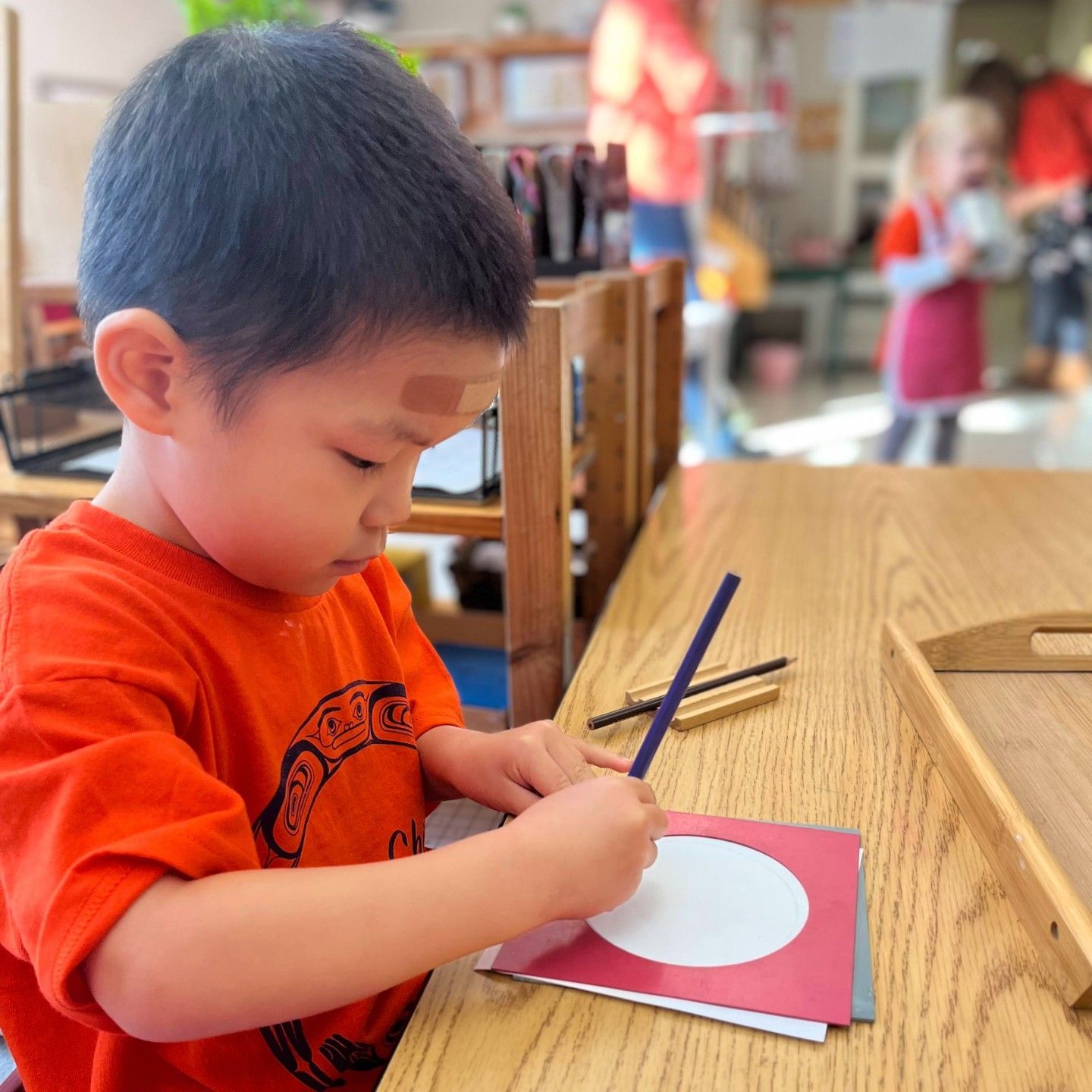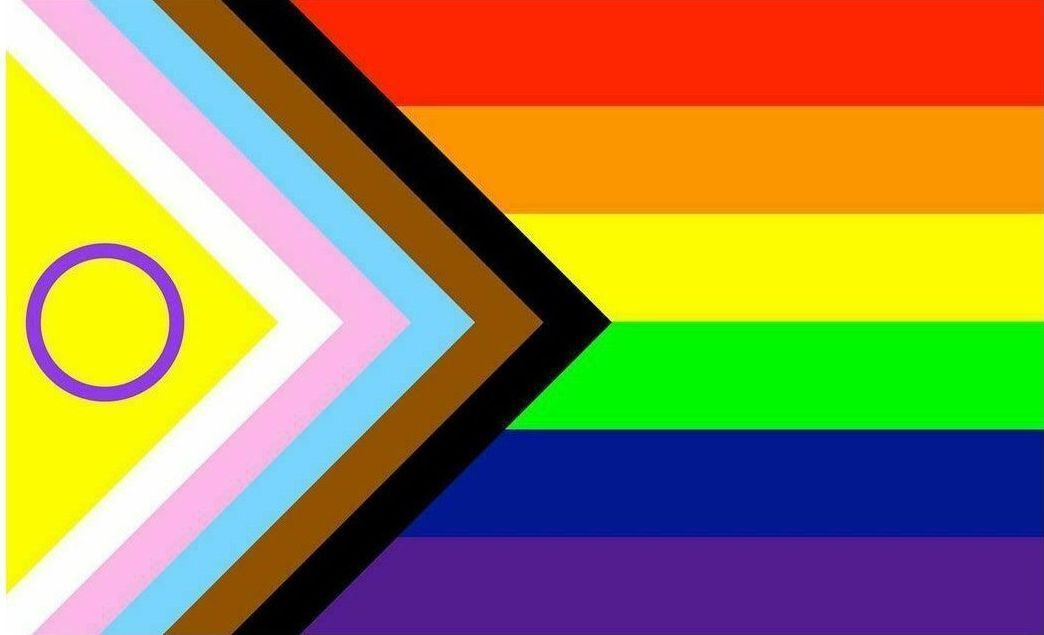Orange Shirt day is a meaningful day each year where we wear our orange shirts to honour the Indigenous experience of residential “schools” in Canada. For generations, Indigenous children were removed from their homes and families, placed in government institutions, and systematically and intentionally stripped of their cultural identity. We use this day to acknowledge the impact of colonialism on the Indigenous experience in the past and the present.
Now that Orange Shirt Day has passed, what else can we do to continue the process of Truth and Reconciliation throughout the rest of the year?
To help ourselves and our children become more aware, informed, and accountable, we can start by celebrating the present-day life and culture of Indigenous Peoples in Canada, supporting indigenous activism, and digging into the history of the people whose land we live on.
All too often our children have unconsciously absorbed harmful stereotypes about Indigenous Peoples, such as that they only existed in our country’s past. Therefore, we need to be very intentional about providing current, accurate, and respectful information on Indigenous culture throughout the year, not just on a single day.
Show Representation
Mainstream culture sometimes presents Indigenous peoples as fierce, war-like, and to be feared, or sometimes in a more romanticized, “pure” way. Children absorb these kinds of stereotypes through sports mascots, books, movies, and even place names. Non-native authors sometimes also unintentionally reinforce stereotypes or conflate different tribes’ cultures and histories.
Countering these messages takes conscious work.
An easy way to begin is by infusing our home and school libraries with books that celebrate contemporary Indigenous culture written by Indigenous peoples. One of the best sources we’ve found is the IBBY Sea to Sea list featuring 25 of the best indigenous picture books published in Canada between 2020-2022.
In addition to reading stories and sharing books with more accurate representation, we can also incorporate books, art, and music created by Indigenous folks. If you’d like some sources to help begin this journey, check out:
6 Indigenous Canadian Musicians to know
Embracing Contemporary Native American Art as Contemporary Art
Some of the best books (for adults) by Indigenous authors in Canada
Through their own words, music, performance, and advocacy, Indigenous artists share important insights into their hopes, fears, traditions, and stories. In the process of taking in more respectful representation, our young people can offer more acceptance and experience more genuine appreciation.
Focus on Your Community
We can also accompany our children on a journey of learning about the original people who lived on the land we now occupy. This investigation is most suitable for children as they enter their elementary years, as it means digging into some history. In this process, we can help our children appreciate how there are multitudes of Indigenous nations in what we now call “Canada” and that each has their own language, culture, history, and traditions. As we learn about the Indigenous Peoples of our place, we can then be more specific as we talk about native culture. For example, “This book is about the Ojibway people.”
An amazing interactive resource that can help children also appreciate geography through a cultural lens is the Native Land Digital map: https://native-land.ca/. Because the map does not show political boundaries, children can visually discover some of the fluidity of native territories and languages. The site also provides links to local Indigenous nations for more information.
Celebrate Activism
As we learn more about contemporary Indigenous culture, it’s also important that we and our children are aware of contemporary Indigenous struggles and victories. We can start by introducing our kids to some of the young Indigenous activists in Canada. We can also find local events to attend or support that give back to the Indigenous community.
As we learn with our children, we can also explore ideas for making reparations. The Land You Live On: An Education Guide by Vancouver based Native Land recommends first honouring a nation by taking the time to learn how to pronounce a nation’s name correctly. Three options listed in The Land You Live On are:
- Respectfully ask someone from the nation.
- Check the nation’s website for a phonetic pronunciation on their “About” page, an audio recording of their name, or videos that include people saying the nation’s name.
- Call the nation after hours and listen to their voicemail recording.
The Native Land Education Guide also encourages thoughtful reflection in order to make Land Acknowledgements more meaningful. Helpful questions provided include:
- Why is this acknowledgment happening?
- How does this acknowledgment relate to the event or work you are doing?
- What is the history of this territory? What are the impacts of colonialism here?
- What is your relationship to this territory?
- How did you come to be here?
- What intentions do you have to disrupt and dismantle colonialism beyond this territory acknowledgment?
Starting today, let’s commit to having a greater consciousness and disrupting false narratives throughout the year. In this process, we can help our young people feel more empowered to provide support and take action!



